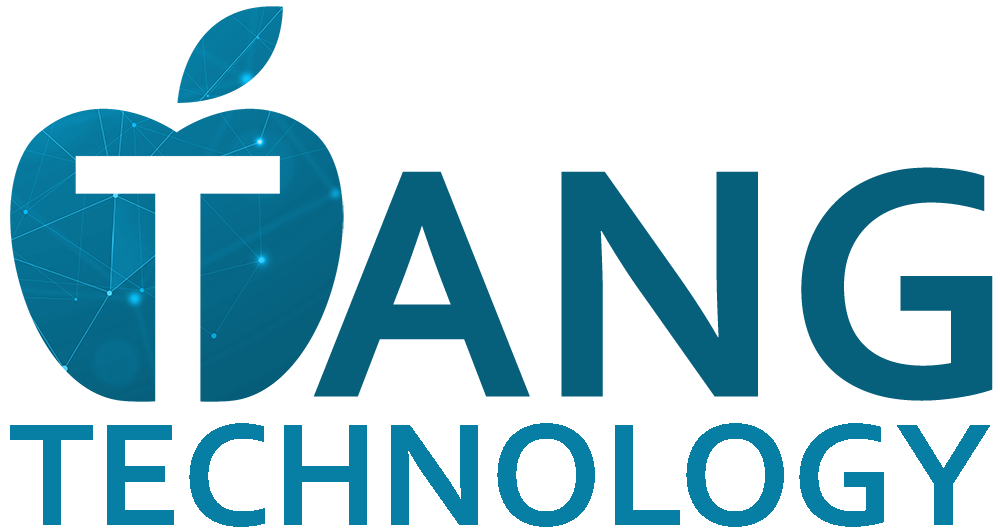Artificial Intelligence (AI) is no longer just the stuff of science fiction—it’s here, and it’s already disrupting industries across the globe. The AI wave is coming, and businesses, learning leaders, and professionals have two options: either be overwhelmed by it or ride it to success. Most of us have lived through technological disruption. Personal computing, the Internet, mobile technology; these are all disruptive technologies that have changed how we live, work, and learn. AI is no different. It will bring about change.
The Scope of AI Disruption
AI is expected to see an annual growth rate of 37.3% from 2023 to 2030 and could become a two trillion-dollar market within the next decade. This explosive growth highlights the necessity for organizations to adapt to changing market conditions, emerging technologies, and shifting competitive landscapes.
As AI becomes integral to industries, 75% of companies are expected to adopt AI, big data, and cloud computing within the next five years. However, along with this adoption comes a critical need to train the workforce. According to the World Economic Forum, 42% of organizations will prioritize training workers to utilize AI tools, emphasizing that this transition is not just technological but also deeply tied to human capital.
Disruption Is Not New
AI disruption is not the first technology to reshape industries. To better understand and plan for the future, it’s helpful to reflect on previous disruptive technologies. Take, for example:
Personal Computing: From the 1980s onward, personal computers shifted how individuals and businesses operated.
The Internet: In the 1990s, the internet revolutionized communication, commerce, and information sharing.
Mobile Technology: The rise of smartphones in the 2000s brought powerful computing capabilities into the palms of millions.
If you lived through any of these technology disruptions, you have a clear sense of how we live, work, and learn changed before and after the disruption. For example, I can clearly remember trying to research topics and find information before the Internet. It was not easy. The Internet has given us access to an incredible amount of information and it changed the world.
Each of these technologies followed a similar path: emergence, improvement, adoption, consolidation, and maturity. Understanding this cycle helps leaders anticipate how AI might progress and how businesses can position themselves at each stage.
The Path of Disruption
Let’s take a look at each stage on the path to AI disruption:
Emergence: This is where AI technologies are being researched and developed. Quantum computing, for example, is still in the emergence stage, with most innovations confined to research labs.
Improvement: Technologies move toward refinement, as seen with blockchain. While blockchain’s applications outside of cryptocurrency are growing, they are still being fine-tuned for broader adoption.
Adoption: Electric vehicles represent a technology in the adoption phase. Similarly, AI is now gaining traction, especially in customer-facing functions and IT, but it has yet to see widespread HR or L&D adoption.
Consolidation: In this phase, competing technologies converge, creating standards. Video conferencing, which saw rapid adoption during the COVID-19 pandemic, has now entered a stage of consolidation.
Maturity: Maturity occurs when a technology becomes ingrained in daily operations. Smartphones, for example, are now essential tools for communication, work, and learning.
You can read more about these stages in our previous post here.
By recognizing where AI technologies are progressing on this path, organizations can tailor their long and short-term strategies accordingly. Learning orgs need to be ready for the shift that will take place. There is not crystal ball that can tell us how what will change, but there are methods to better anticipate the change. We’ll explore that in a future post.

